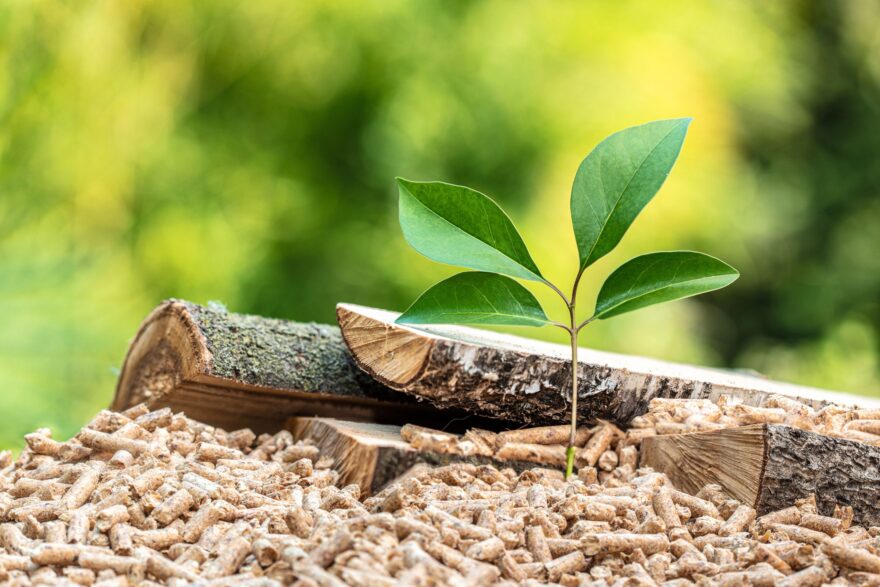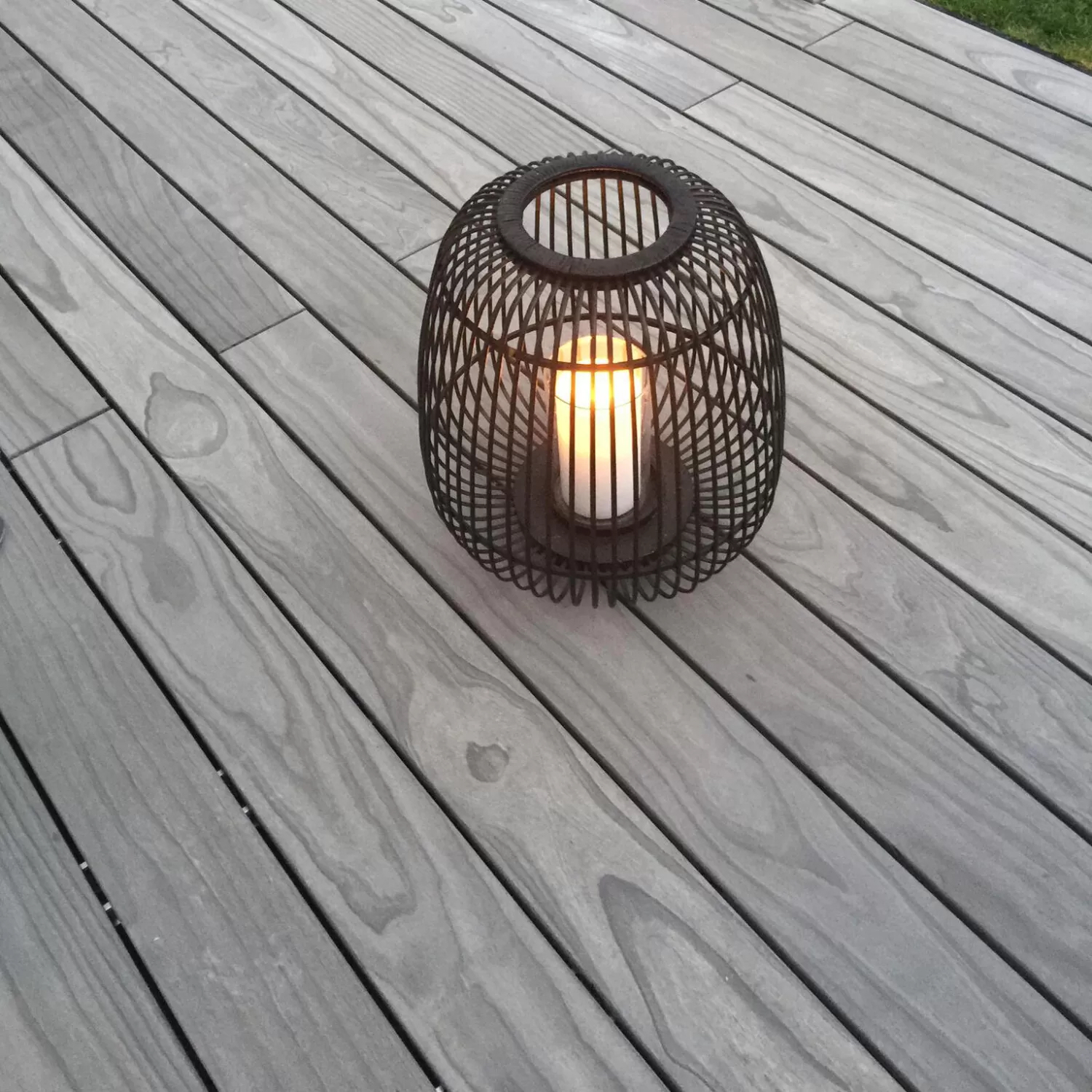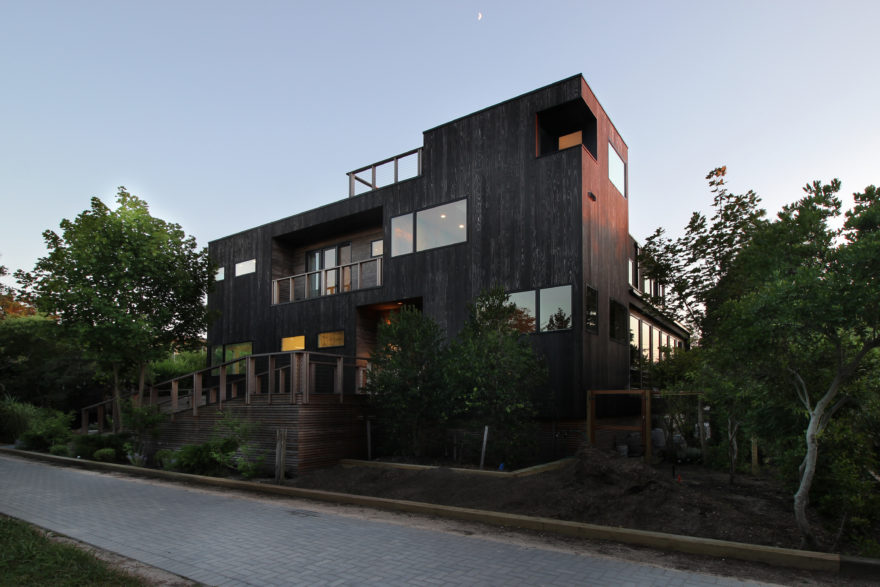Natural wood possesses inherent beauty and is frequently incorporated into construction designs for its aesthetic appeal. However, wood is a natural material susceptible to degradation due to climatic elements, moisture, and UV rays. To preserve natural wood’s integrity and longevity, the application of a protective topcoat is a standard practice for all timber building materials.
In the realm of wood protection, SiOO:X stands out as a revolutionary solution that provides timber with a long-lasting shield against the outside elements and delivers a captivating aesthetic transformation over time. Unlike conventional wood treatments that create a protective seal on the surface, SiOO:X penetrates deep into the wood fibers, forming a shield that enhances the durability and longevity from within.
SiOO:X leverages the natural environment and wood’s characteristics to gradually cure wood over one to three years. This unique curing process results in a protection system that imitates wood’s natural protective layer. The curing process also triggers a gradual color transformation within a short timeframe, mimicking the authentic weathering effect seen in natural wood.

Curing with Nature
SiOO:X is crafted to work with nature. The curing process is intricately tied to the specific climatic environment where the wood cladding resides. The rate of change is often attributed environmental factors. Sunlight, rain, wind, and humidity are all factors that could affect the curing process*. Surfaces shielded from direct sunlight and harsh weather conditions, such as soffits or non-exposed walls, may undergo a slower rate of curing and color evolution. In contrast, the cladding that is fully exposed experiences more significant fluctuations.
Understanding the Curing Process
SiOO:X Wood Protector holds a unique silicon and potassium formulation that reacts with moisture and carbon dioxide. This chemical reaction forms a protective barrier within the timber. SiOO:X’s chemical reaction can occur independently of sunlight, ensuring consistent and reliable performance regardless of weather conditions over time. It creates a long-lasting shield against moisture, and UV rays.
The Evolution of Color
As the curing process progresses, the timber undergoes a remarkable transformation of color. The wood starts out in its natural coloration before gradually transitioning to a light whitewash tone, typically within six – twelve months of application. This initial phase represents the activation of SiOO:X’s protective properties that penetrate deep into the wood fibers. The timber gradually darkens to mid-gray ‘weathered’ tones, acquiring a timeless patina that adds depth and character to the wood surface. Exposed surfaces may undergo a more rapid color evolution than non-exposed walls. However, despite the differences in the rate of color evolution, the aesthetic outcome will be consistent across all surfaces over time.
Advantages Over Traditional Coatings
SiOO:X’s natural curing process offers several advantages over traditional coatings, particularly when it comes to durability, aesthetics, and environmental sustainability. Conventional wood protector coatings’ efficiency diminishes over time with exposure to the sun, leading to fade in color and less protection against wear and tear. On the contrary, SiOO:X works with the environment and delivers a natural color evolution. Wood treated with SiOO:X offers long-lasting protection and reduces the need for frequent reapplications, which conserves resources and reduces maintenance costs.
An Eco-Conscious Formula
With a clear focus on sustainability and eco-friendliness, SiOO:X is engineered with no VOC (volatile organic compound) formulation. It minimizes environmental impact while ensuring safety for users and our planet. By enhancing the longevity of wood, the lifespan of wooden structures is extended, contributing to waste reduction in the long run. Unlike other wood treatments that may leach harmful chemicals into the soil or waterways, SiOO:X is biodegradable and poses no risk to ecosystems.

Embracing the Natural Beauty of SiOO:X Wood Protection
SiOO:X represents a paradigm shift in wood protection, offering a sustainable and aesthetically pleasing alternative to traditional coatings. By embracing the natural weathering process, SiOO:X celebrates the inherent beauty of wood while ensuring long-lasting protection against the surrounding elements.
Currently, reSAWN offers two thermally modified wood products with the SiOO:X wood protector: Abodo SiOO:X exterior cladding, and Sylva MONDARA exterior cladding. The thermal modification process improves the wood’s stability. When coated with SiOO:X, modified wood becomes exceptionally resilient, capable of withstanding the harshest conditions while maintaining its natural charm. SiOO:X offers robust protection that enhances the inherent qualities of thermally modified wood. Together, they create a synergy that results in stunning exterior cladding.
Whether used in commercial or residential projects, reSAWN’s SiOO:X products offer unmatched longevity, sustainability, and aesthetic appeal, setting a new standard in modern wood protection.
*In case of problems with black spores the SiOO:X system creates a barrier that prevents algae and spores from penetrating the wood. Because SiOO:X does not contain any strong toxins it cannot prevent black spores from settling on the surface. Periods of rain or damp weather are especially favorable for these airborne spores, which can often be found on wood surfaces that are in the shade or exposed to the weather. Black spores need nutrients to grow and they get these from natural sugars in the wood. These substances are leached out of the wood in the first 1–4 years. The presence of black spores also decreases as the SiOO:X silicon shield matures and gets stronger. For a full Care & Maintenance Guide, click here.























